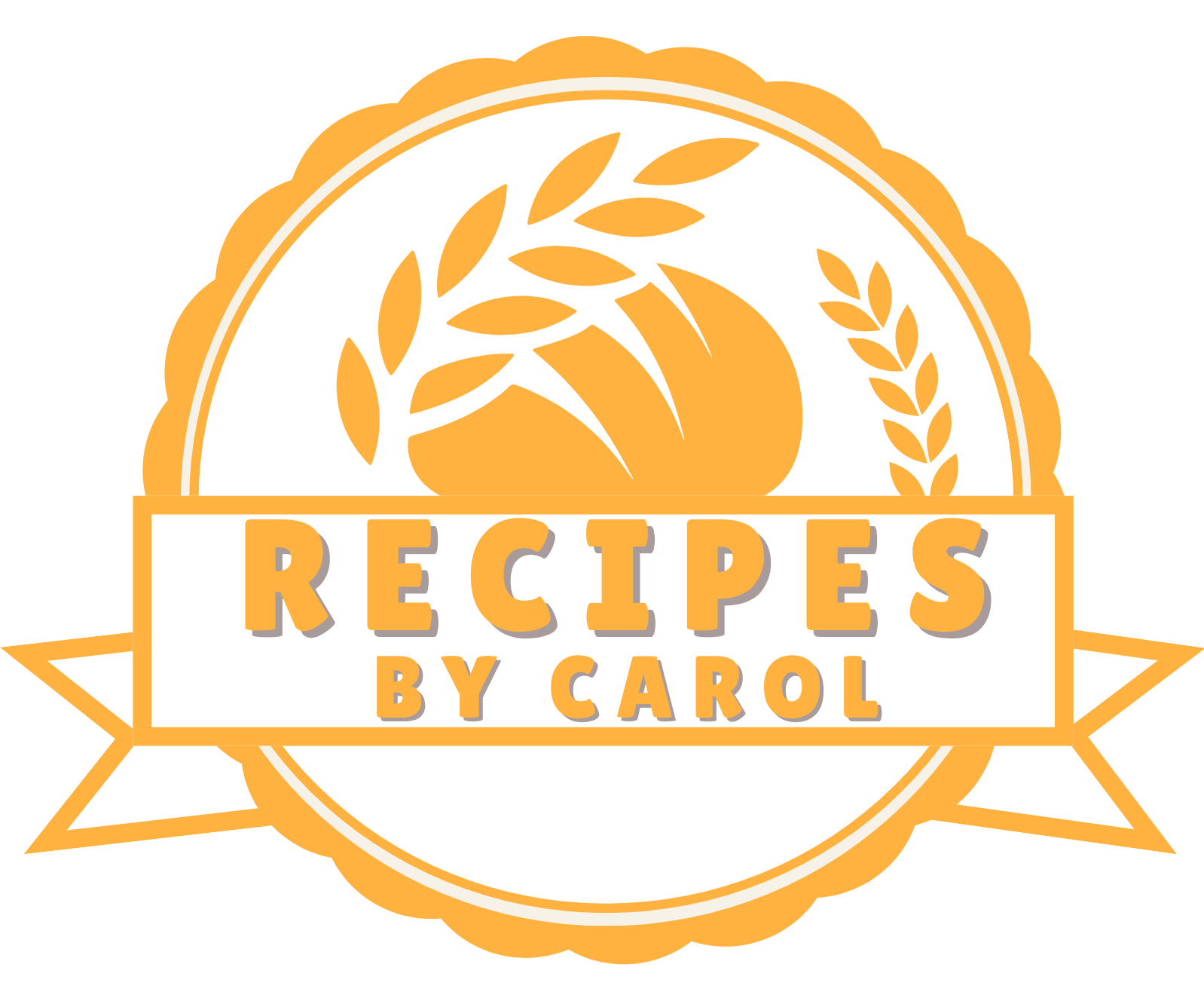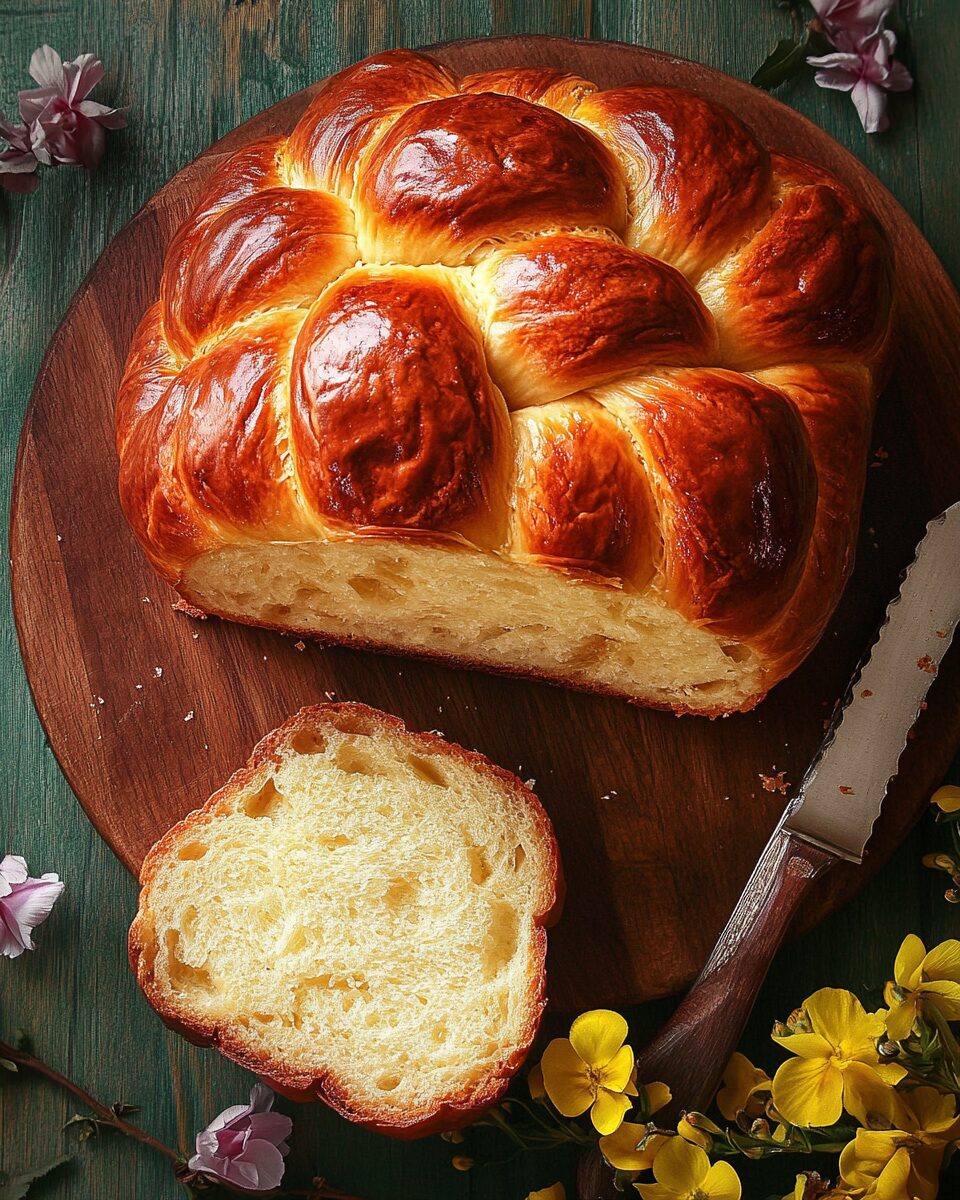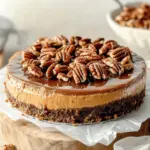Paska: The Traditional Ukrainian Easter Bread
Easter is a time of renewal, family gatherings, and cherished traditions. Among the many customs observed during this holiday, the preparation and sharing of Paska stands out as a deeply meaningful and symbolic practice in Ukrainian culture. This rich, slightly sweet, and beautifully decorated bread is a staple on Easter tables, reflecting both religious significance and culinary artistry.
The Significance of Paska in Ukrainian Culture
Paska (Паска) is a special bread traditionally baked and enjoyed by Ukrainian families during Easter celebrations. The name itself is derived from the Greek word “Pascha,” meaning Passover, emphasizing its religious connection to Easter. In Ukraine, Easter is one of the most important holidays of the year, and baking Paska is an essential part of the observance.
For centuries, this bread has symbolized the resurrection of Jesus Christ. Its round shape represents eternity and the cycle of life, while the ingredients used flour, eggs, milk, and butter symbolize prosperity and blessings. Many families consider baking Paska a sacred tradition, with recipes passed down through generations. It is often prepared with great care and prayers for good health, prosperity, and peace.
Traditional Baking Process and Decorations
Paska is no ordinary bread it is a work of art. Unlike everyday loaves, Paska is meticulously decorated with intricate dough designs, each carrying a symbolic meaning. Some of the most common decorations include:
- Crosses – Representing faith and Jesus Christ’s sacrifice.
- Braided designs – Symbolizing unity and family strength.
- Flowers and leaves – Representing growth, renewal, and the arrival of spring.
The dough itself is typically enriched with eggs, milk, sugar, and butter, creating a soft, fluffy texture with a slightly sweet flavor. Some variations include raisins, vanilla, citrus zest, or saffron, adding layers of flavor.
Once shaped and decorated, Paska is baked in tall, cylindrical pans. This gives the bread its iconic rounded top, which is often brushed with an egg wash for a golden, glossy finish.
Blessing and Sharing of Paska
One of the most cherished Easter traditions in Ukrainian communities is the blessing of Paska in church. On Holy Saturday or Easter Sunday morning, families bring baskets filled with Paska, eggs, butter, cheese, and other symbolic foods to be blessed by a priest. This blessing is believed to bring good fortune and divine protection for the household.
After the blessing, Paska becomes the centerpiece of the Easter feast. It is often sliced and shared among family members, symbolizing unity, gratitude, and the joy of the resurrection. In many homes, the first bite of Paska is taken before any other food, emphasizing its spiritual importance.
Regional Variations of Paska
Although the classic version of Paska is well known, different regions of Ukraine have their own variations, each adding a unique touch to this beloved bread.
- Western Ukraine: Paska is often flavored with vanilla, citrus zest, and raisins, giving it a fragrant, cake-like quality.
- Eastern Ukraine: The bread is simpler, with fewer sweet ingredients, focusing on a rich, buttery taste.
- Carpathian Region: Some versions include honey, nuts, or a light glaze, making the bread even more indulgent.
Beyond Ukraine, similar Easter breads exist in other Slavic countries, such as Kulich in Russia and Cozonac in Romania, showcasing the shared cultural traditions across Eastern Europe.
Paska in Modern Times
Today, Paska continues to be a cherished Easter tradition not only in Ukraine but also among Ukrainian communities worldwide. With the rise of global interest in traditional baking, many people outside Ukraine are now embracing Paska as a beautiful and meaningful holiday treat.
Modern adaptations of Paska include:
- Vegan and dairy-free versions for those with dietary restrictions.
- Gluten-free recipes to accommodate different needs.
- Creative decorations that blend traditional patterns with modern artistic styles.
With the growing popularity of homemade baking, many people now take joy in preparing Paska with family and friends, making it a shared experience that strengthens bonds and preserves cultural heritage.
Conclusion
Paska is more than just bread; it is a symbol of faith, tradition, and community. It represents the deep spiritual connection between food and culture, bringing families together in a celebration of life, renewal, and hope. Whether baked in a traditional Ukrainian home or discovered by new generations worldwide, Paska remains a timeless Easter tradition that continues to inspire and nourish both the body and soul.
For those who have never tried making Paska, Easter is the perfect opportunity to embrace this wonderful tradition. Whether you follow a traditional recipe or add your own creative twist, baking Paska is a rewarding experience that connects us to generations past while celebrating the joys of the present.






